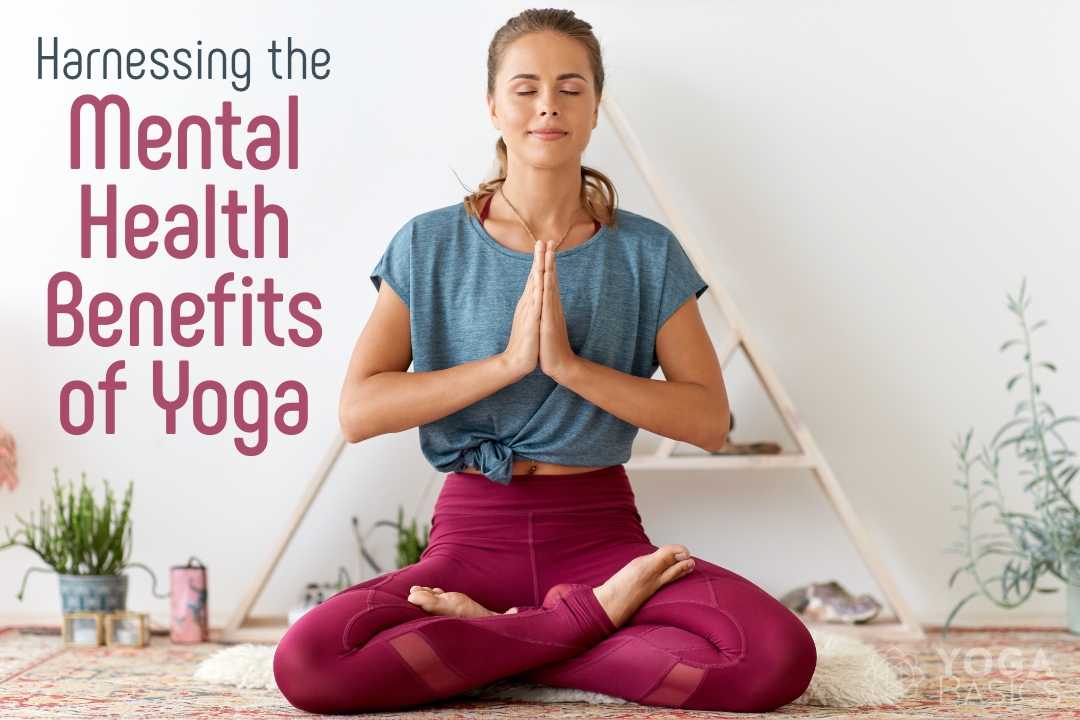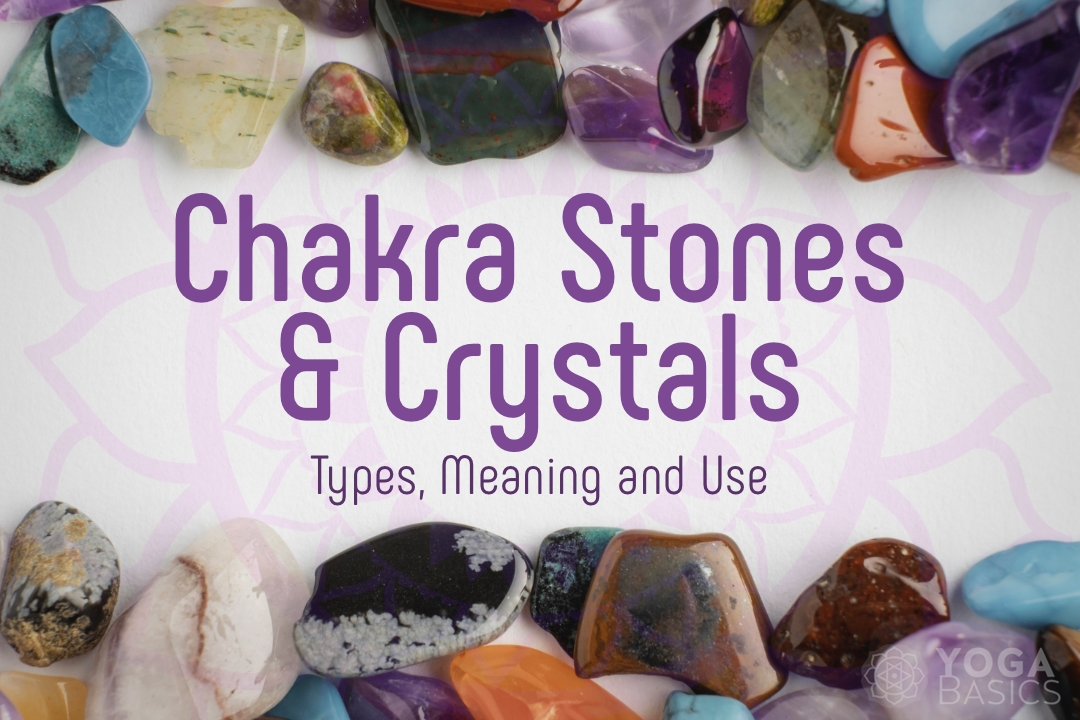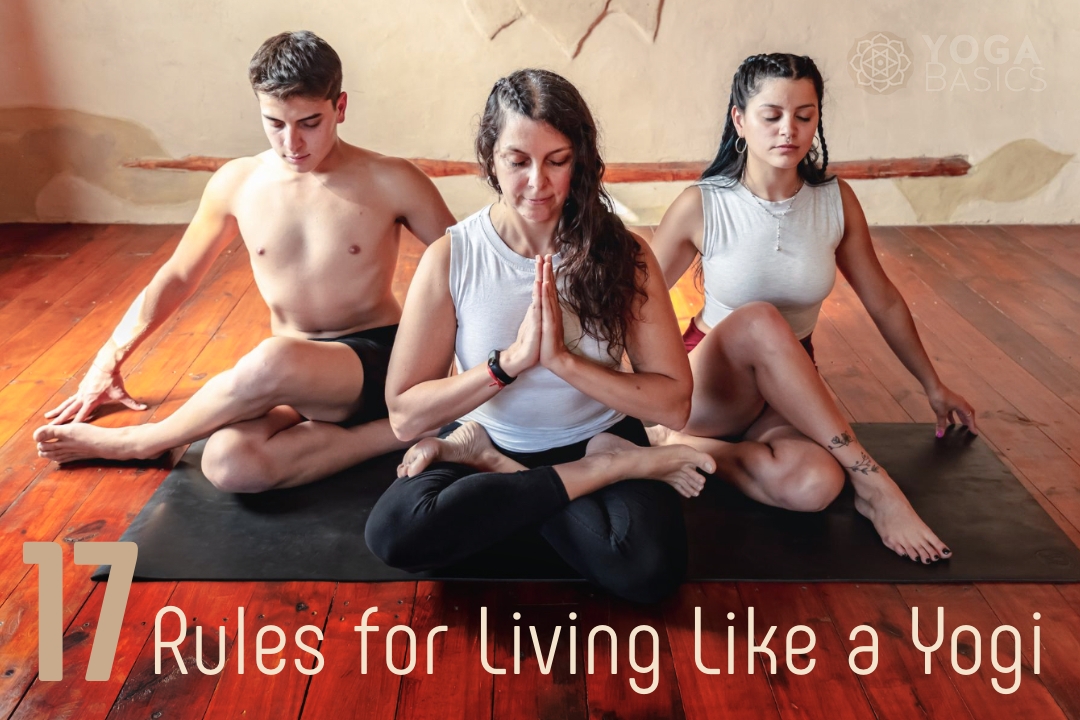Yoga nidra can be a journey worth taking, whether you are looking for a way to relieve stress, get deep, restorative sleep or connect with your innermost being. The vastness and profundity of its effects is a sanctuary that can be enjoyed by the body, mind and soul. Yoga nidra allows us to relax deeply and release the tensions that are weighing us down. This practice rejuvenates not only our physical body, but also our spirit. It allows us to tap into inner wisdom and find peace that transcends chaos in the outside world.
What is Yoga Nidra?
Yoga Nidra or yogic Sleep is a technique of deep relaxation that allows the practitioner to enter a state where their body is relaxed but the mind is still alert and awake. The practitioner is guided through a series verbal instructions that incorporate breath, body and awareness techniques. Yoga nidra, unlike meditation, which involves focusing on one point, allows for deep relaxation through internalization of the senses.
Yoga nidra sessions can last anywhere from 15 minutes up to an hour. The practice takes people between the states of wakefulness and dreams, where the subconscious is at its most receptive. It is possible to work on mental, emotional and physical levels.
History of Yoga Nidra
In ancient Hindu epics such as the Upanishads or Mahabharata, a state known as “yoganidra”, associated with Lord Vishnu’s deep meditational sleep between cycles of the Universe is mentioned. Yoganidra was associated with meditation in Shaiva tantras and Buddhist tantras during medieval times. In the 19th century, Western relaxation techniques influenced the modern practice of Yoga Nidra.
Dennis Boyes, in his 1973 book “The Yoga of Awakening Sleep”, introduced the concept of Yoga Nidra. It focused on relaxation techniques that involved attention to various body parts. Swami Satyananda Sarswati developed yoga nidra during the middle of the 20th century, integrating guided mediation and relaxation techniques.




